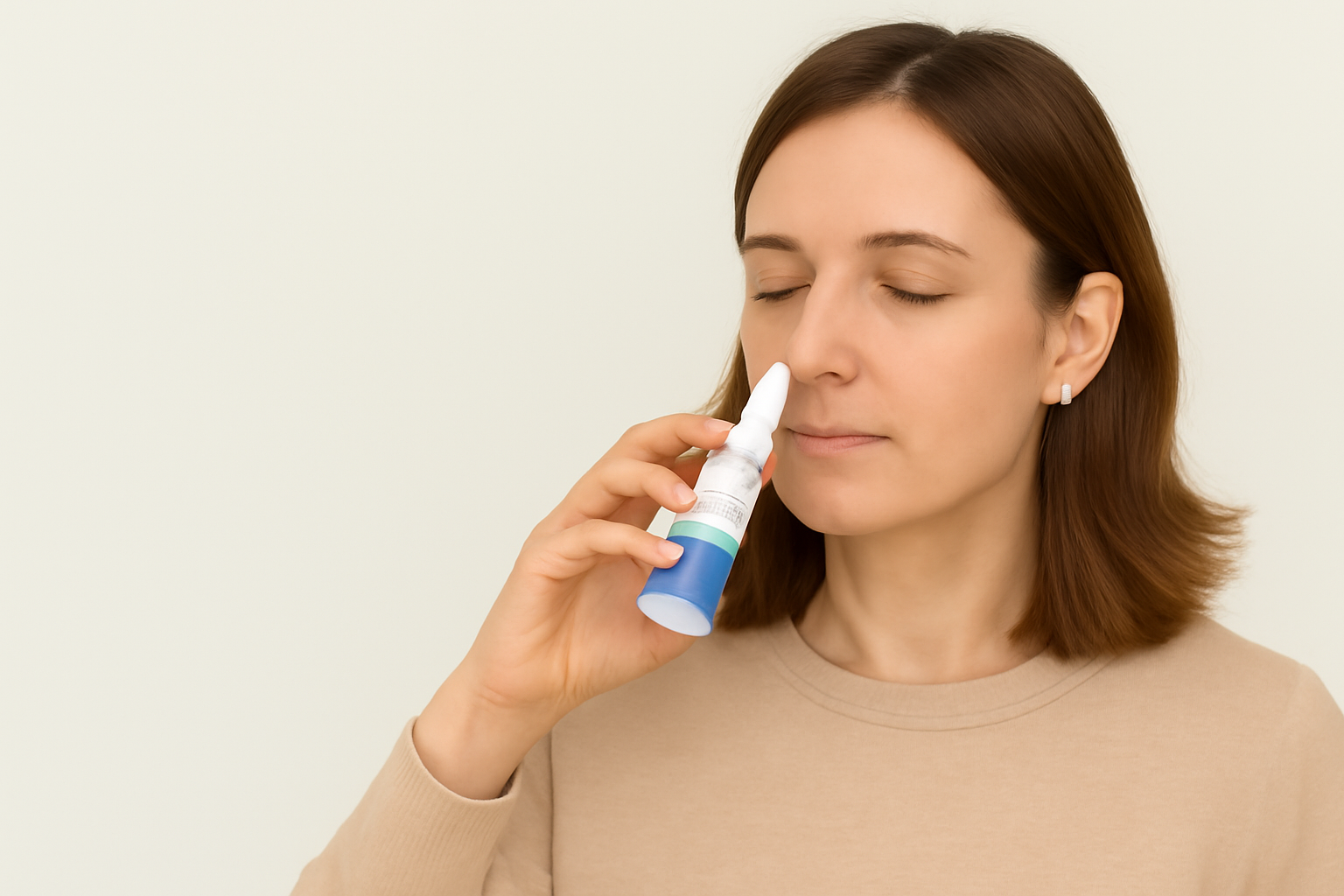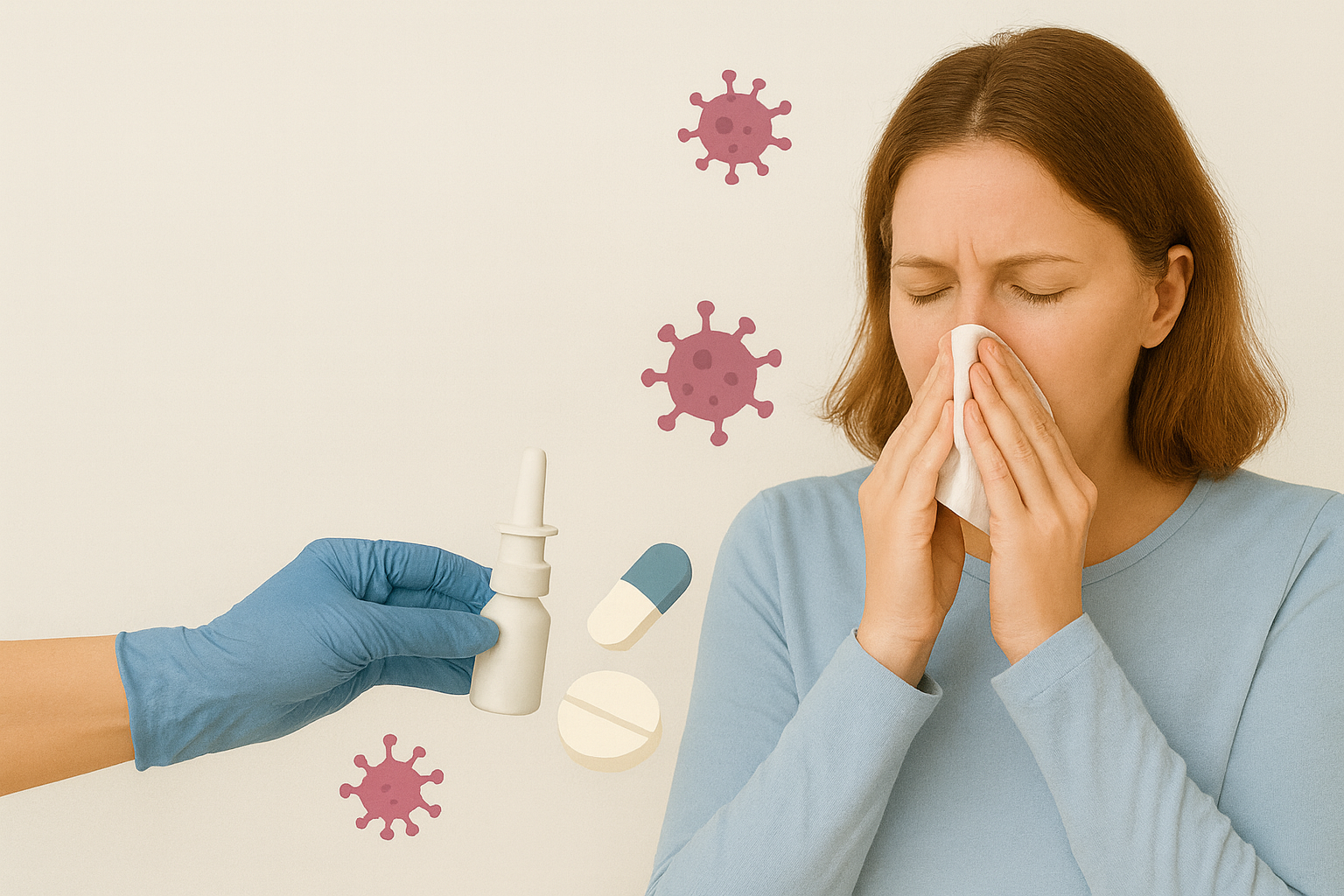During the height of the COVID-19 pandemic, clinical and research communities re-evaluated common preventive strategies to slow viral spread. Among them, nasal saline irrigation—a longstanding practice for sinus and allergy relief—gained renewed attention as a possible intervention to reduce viral load in the upper airway.
In this JAMA Otolaryngology Viewpoint, physicians from Oregon Health and Science University and Washington University School of Medicine reviewed the evidence surrounding saline nasal rinses, including their safety, benefits, and role in the COVID-19 context.
The Nasal Mucosa: A Critical Frontline
SARS-CoV-2 primarily colonizes the nasal and nasopharyngeal mucosa in the early stages of infection. This region becomes a major source of viral shedding, making it a logical target for interventions aimed at reducing both severity of illness and transmission risk.
The nasal epithelium plays a key role in innate immunity, with cilia and mucus working together to trap and remove inhaled pathogens. However, during viral infections, mucociliary clearance is often impaired due to inflammation and mucus buildup—factors that saline irrigations are uniquely positioned to address.
How Saline Irrigation Works
Nasal rinses benefit the respiratory tract in several ways:
- Mechanically removing mucus and pathogens from the nasal cavity
- Hydrating the airway lining, supporting optimal ciliary function
- Reducing local inflammation and easing mucostasis
Hypertonic saline (HS) solutions—those with a salt concentration higher than 0.9%—may offer additional advantages over isotonic solutions by:
- Drawing water out of swollen tissues
- Thinning mucus
- Improving ciliary activity through calcium efflux
Studies have shown that HS can reduce symptoms, shorten illness duration, and even lower transmission to household contacts in viral upper respiratory infections.
Additives: Steroids and Iodine
Corticosteroids
Intranasal steroids like budesonide and mometasone are often used to manage chronic rhinosinusitis. However, when it comes to acute viral infections, their impact is less clear. A Cochrane review found no strong evidence that intranasal steroids improved outcomes in the common cold—but also found no harm. While more studies are needed, current data support continued use of steroid irrigations for chronic sinus patients during the pandemic.
Povidone-Iodine
There is growing interest in using povidone-iodine (PVP-I) in nasal rinses to reduce SARS-CoV-2 viral load. In vitro studies and small clinical trials have shown:
- Significant reduction in coronavirus titers
- Safety and tolerability at diluted concentrations (~0.08% to 0.5%)
- Potential ciliary toxicity at higher doses, though diluted solutions appear safe
Although further research is needed, PVP-I irrigations may serve as a valuable adjunct to reduce transmission risk, particularly in healthcare settings.
Risks and Cautions
Despite its benefits, nasal irrigation isn’t entirely without concern:
- Irrigation bottles and surfaces may become contaminated with viral particles, especially if used by infected individuals
- SARS-CoV-2 has been shown to survive on plastic for up to 72 hours, raising the importance of proper disinfection of rinse equipment and surrounding areas
- There is theoretical concern that vigorous nasal rinsing could increase viral shedding, although no strong clinical evidence currently supports this
The authors recommend good hygiene practices, including:
- Thorough handwashing before and after rinsing
- Regular cleaning of rinse bottles and nozzles
- Disinfecting nearby surfaces (sink, counters)
Conclusion: A Safe, Supportive Practice
While not a cure or substitute for vaccination, nasal saline irrigation remains a safe, low-cost practice that may reduce viral burden in the nasal cavity. It is particularly beneficial for:
- Patients with chronic rhinosinusitis already using these therapies
- Healthcare workers at increased risk of exposure
- Individuals in high-transmission environments seeking an additional line of defense
With growing interest in non-pharmaceutical interventions, the integration of nasal rinses—especially those using hypertonic saline or carefully diluted iodine solutions—offers a simple, scalable method to support respiratory health during respiratory viral outbreaks like COVID-19.






.png)